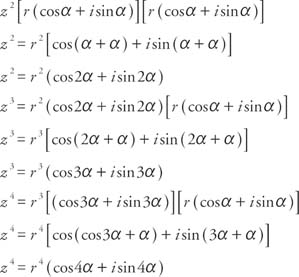- Messages
- 23
- Reaction score
- 6
- Points
- 13
you would find that the list of formula sheet. Then applying it would give u the answer btw its for p1 only.Thanks!! though you've used add/sub formulas , which aren't a part of my sylllabus (i'm not appearing for P3 this year) ,so could you pls explain further :
how does tanπ -tanx / 1+tanπ tanx = -tanx/1 ?
thanks in advance!
